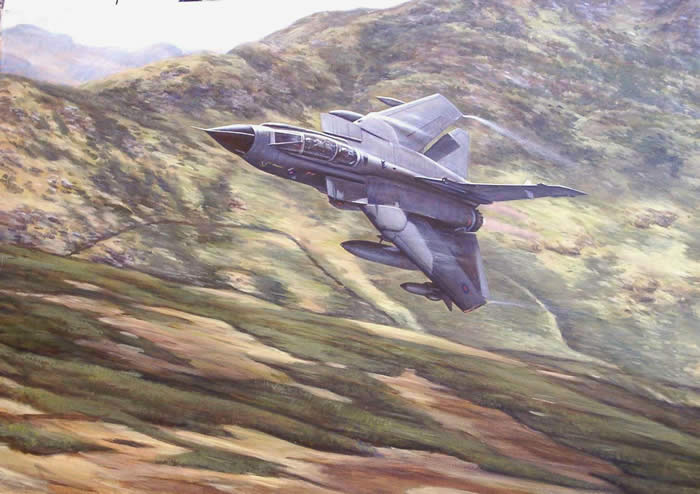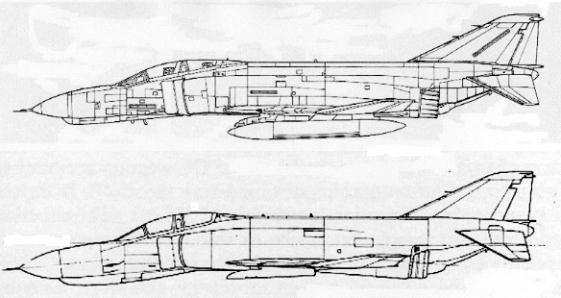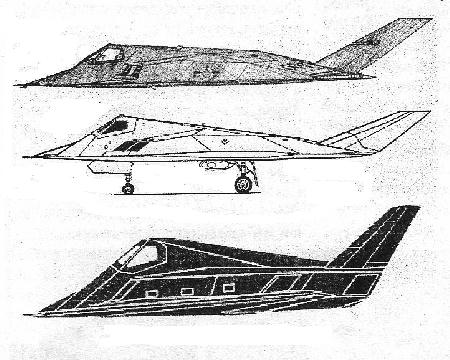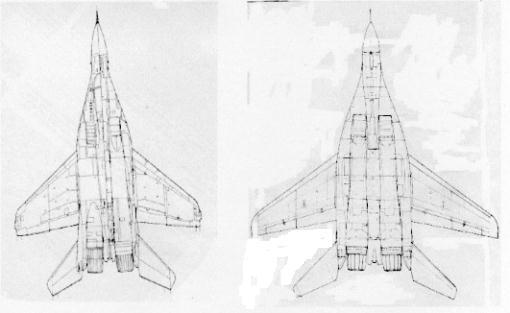|
|
|
Below is the article published in the Nov 2005 issue of Aerial Views, to which the presently banned draft article relates. The relevant part being the third paragraph. Bearing in mind that one of the two charges against the banned article being that it is "ad hominem", i.e. nothing more than an attack on a person, try looking for any reference to persons here or in the banned article itself. The sole context here is that the practice seems widespread amongst illustrators. There are no assumptions on who may be the originator(s) or sole proprietor(s) of the ellipse idea....which in any case is unknown to me. Is it not clear that the idea itself is the concern, not persons? As far as the overall "tone" goes....this is an unexpected and warped interpretation of a writing style chosen simply to a) put into sharp relief and b) stimulate interest in what is otherwise an insipid subject for most. If it is argued that whatever the origins of that ellipse method, the person/persons instrumental in introducing the idea into our midst should not be identifiable, are we then to disallow critical comment on anything published which may be remotely linked to the person responsible? This surely is an absurd application of the legalistic principle of ad hominem, and is a marker of what we are in danger of becoming. And if such a blanket ban is to apply, why then was the article below, which was responding directly to a clearly named individual and written in similar vein, effortlessly acceptable in 2005? If it was allowed then, why not now? Or, if an individual is potentially inferrable in the present banned article, was he not equally so in the already published article below? In any event, that person has shown little shyness about breaking cover in this debate. Similarly, if the argument against the use of the ellipse is inadmissible now, why was it not so then? In sum...the whole thing does not add up. Ron W PS: My apologies for some of the images below....must invest in Photoshop software soon.....
---------------------------------------------------------------------- Controversies and Caveats With all respect to my colleague Chris, I feel he overstretches his point with that theoretically static spinning propeller in some hypothetical slice of time("Another Take On The Spinning Propeller Controversy" by Chris French, Aerial Views, Aug 2005). Chris was possibly thinking through his camera, which of course may be very capable of arresting that spinning prop with its shutter. To be sure, our paintings are necessarily static images, and in that sense capture a moment in time. But as visual images they accept the inherent parameters of the visual process, which necessarily involve lags in time from the reflection of light off the object depicted and its processing through the eye-brain system to its final registration in consciousness. Sequential images which exceed this processing speed merge into a single image…….which is how cinema films work.
Fig. 1: Tornado Alley* Another common confusion when drawing spinning props is to assume that a circular shape in perspective is merely an ellipse. This is prevalent in illustrators' manuals. Ellipses are nothing magical. They are a class of symmetric geometric figures which may be derived in a number of simple ways. By rotating a fixed loop about a pair of foci. From a mathematical conic section . Or by viewing a circular shape obliquely. By virtue of its continuous outline a circle compensates for the common effects of perspective and appears to maintain its symmetry when viewed at an angle, so giving the outward appearance of a constant ellipse. The illusion is quickly dispelled when you apply linear perspective to plot a circular shape inside its square, and locate its center by intersecting diagonals. Then proceed to locate the center for it as a symmetric "ellipse", which is at the intersection of its longest and shortest axes. The two centers do not coincide. In other words a circular shape, seen in perspective as a solid form rather than an abstract outline, is not really an ellipse, for the obvious reason that with the former the near half of the shape is larger than its far half, so that its center is eccentric to its outline. It is an ellipse only figuratively speaking, and if you carelessly quick-fitted it as such to the spinner axis on your aircraft drawing your spinning prop will be off-center, to say the least. And the greater the amount of perspective(foreshortening), the greater will be the corresponding displacement and distortion. I find myself much in sympathy with Walt Drohan's neat analysis of the vexed question of digital art for our art societies. There is the fundamental distinction between the stages of Concept, Process and Product in all art forms. If you like, there is the personal, subjective vision at the start, and the objective, visible result at the end. In between are the varied means and methods for objectifying the artwork……whether it is pencil and charcoal, brush and paint or computer and printer. These processes at their best are neutral….like clean fresh brushes or versatile, uncorrupted PhotoShop programs……… faithfully translating the artist's vision into tangible reality without undue hindrance or distortion. The artist's skill in understanding and using them is crucial. The important point here is, to use an IT vernacular: Rubbish In, Rubbish Out. This applies equally to the systems of descriptive geometry which have also been the subject of some recent debate in our circles. These are skillfully devised and laborious systems which promise to generate from common orthographic projections of aircraft faithful perspective views for use in our paintings. They can also be applied to handle overall spatial relationships. However useful they can be, it may be well to be aware of some of their inherent limitations, even assuming they work as claimed.
Fig.3: Which is the real F-117?
Fig.4: Which is the real MiG-29? A third concern follows from the second. The mighty B-52 in the air looks very different from when it's on the ground. That is because the airframe is not rigid, but sometimes surprisingly flexible. The lift-bearing wings and everything on them are markedly displaced upwards in the air. And it's not just the big, long-winged jets…… the stubby but thin wings of relatively small planes like the F-15 and F-16 also visibly flex in flight(depending on the underwing load and the number of g's being pulled). Multi-Mach types like the Concorde and SR-71 Blackbird can also gain a couple of feet in length when doing their business. And what about variable sweep designs like the F-14 Tomcat or Tornado? The idealized and simplified orthographic 3-views, aside from their uncertain pedigrees, do not convey this plasticity of real airframes in their element, and this is yet another factor we need to consider when applying these projective systems. From early times, beginning with the so-called Golden Mean/ Section or even before, all manner of quasi-scientific formulae have been offered for the purpose of incarnating our works of art from higher realms( or to bamboozle the peasants!). These range from simplistic assumptions to elaborate mathematical schemes ( anyone interested in the architecture of old cathedrals for instance will be familiar with the fascination for "Sacred Geometry"). So it may be well to add to Walt's list the caveat that an unbroken feedback loop with external reality be maintained throughout the stages of our art, whatever these may be. By any and all means available……direct experience when possible and secondarily photographs, film, models, etc. As ever, there is no substitute for good old-fashioned observation and in-depth knowledge of the subject concerned, in pursuit of our art. Use whatever means and methods you like to aid the creative process, but do guard against becoming excessively distracted or even overtaken by the slickness of the words, the schemes and the devices which come and go. Ronald Wong GavA ASAA PS: May I urge you all to look into www.gava.org.uk. The Guild of Aviation Artists now has the contents of some 4 years of our Annual Exhibitions on the website. An incomparable visual feast for aviation artists! * Joint Winner of the 2004 Nockolds Trophy for the Best by Public Vote. |



